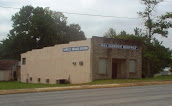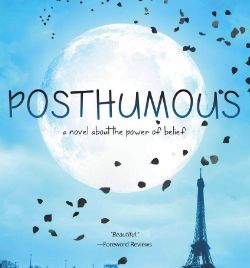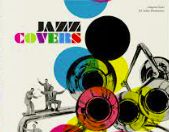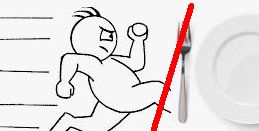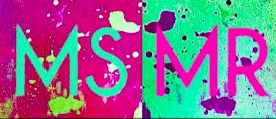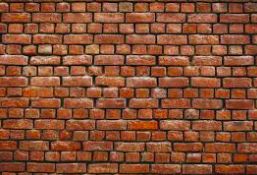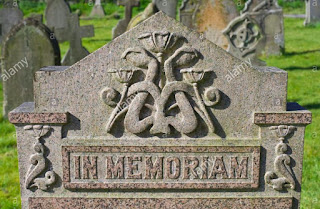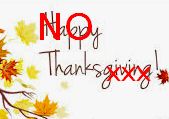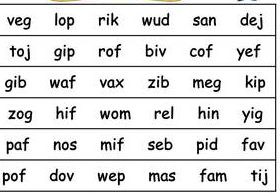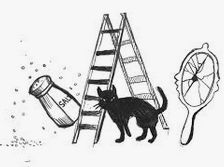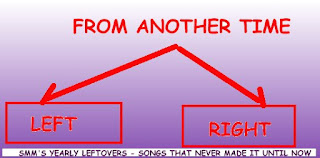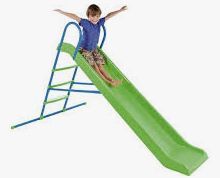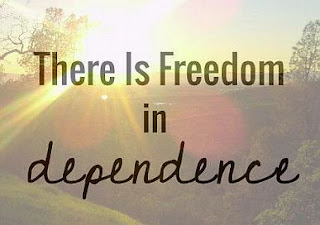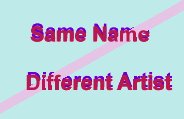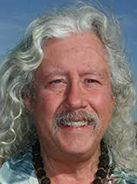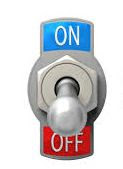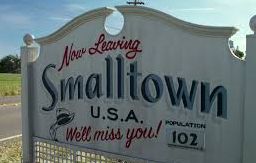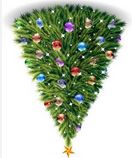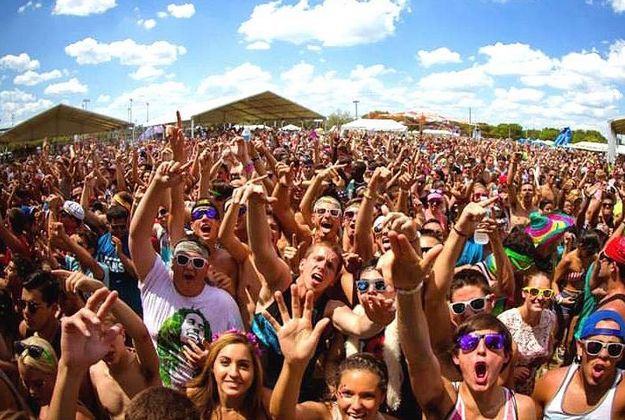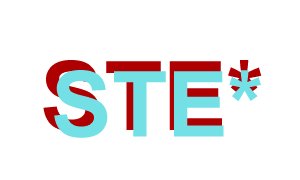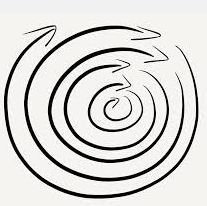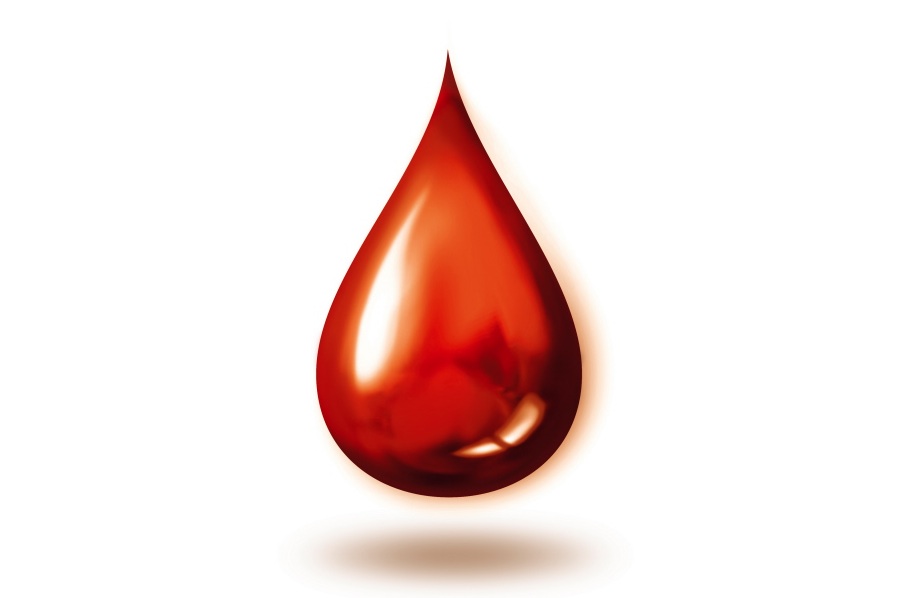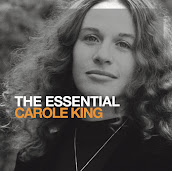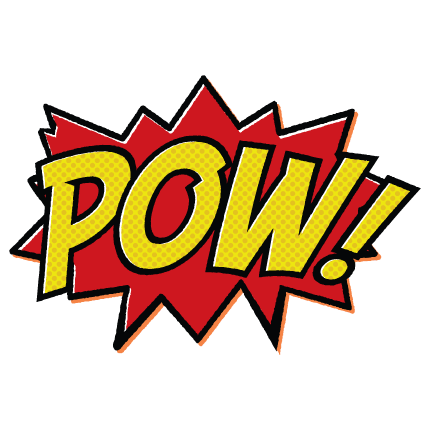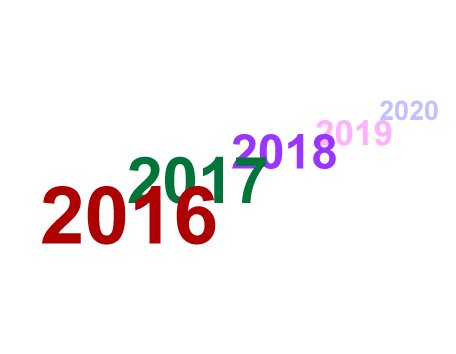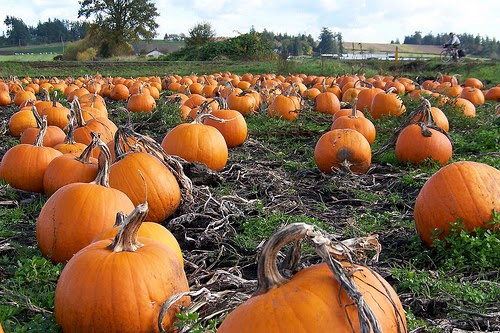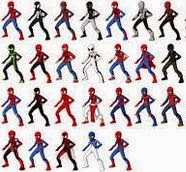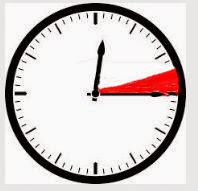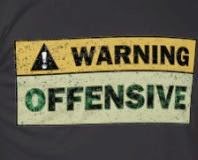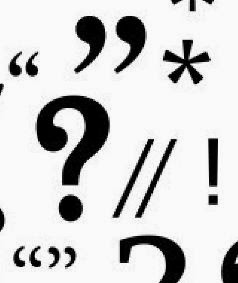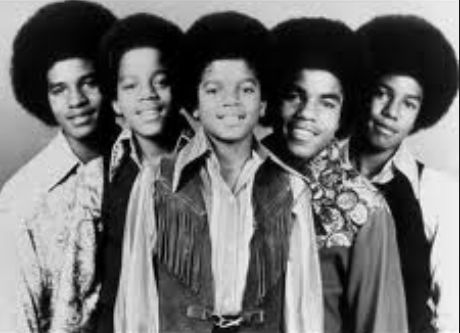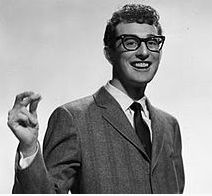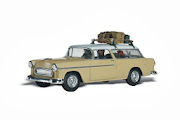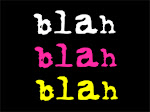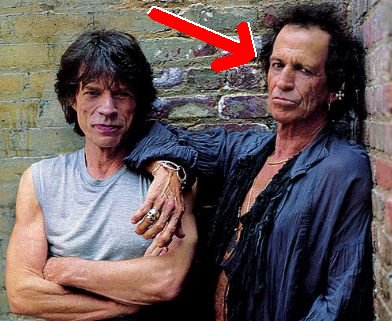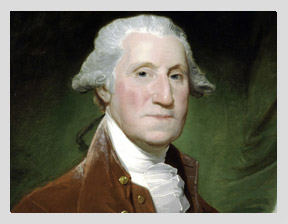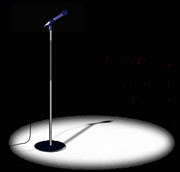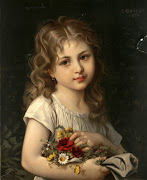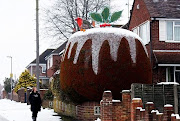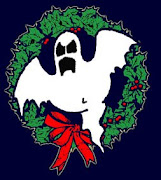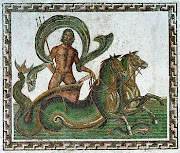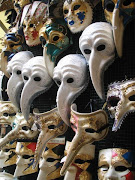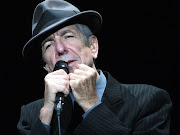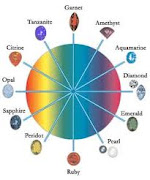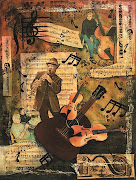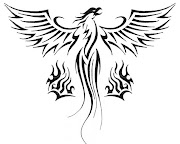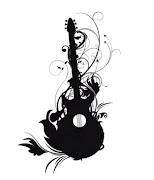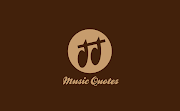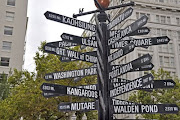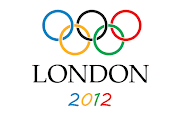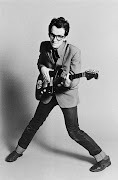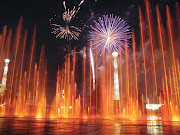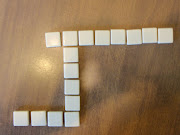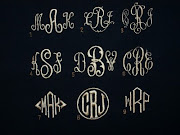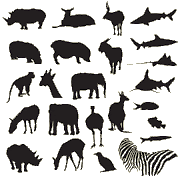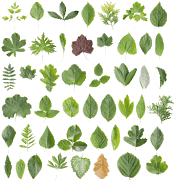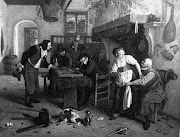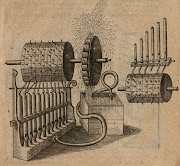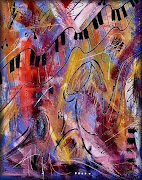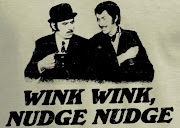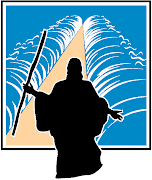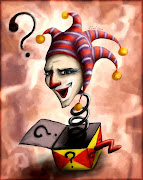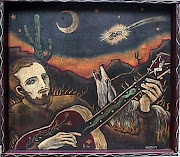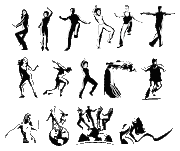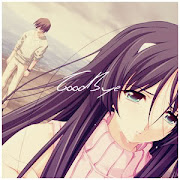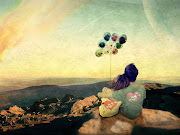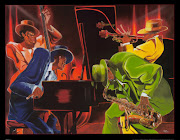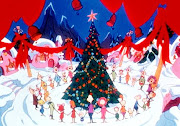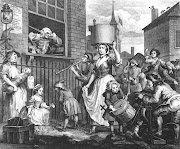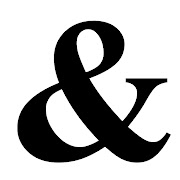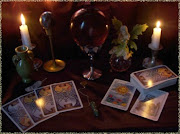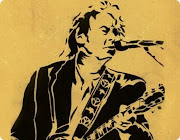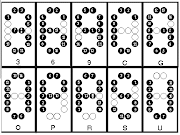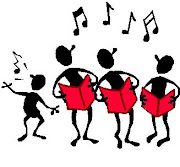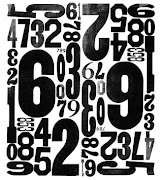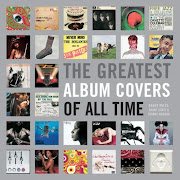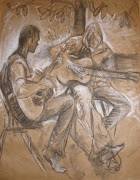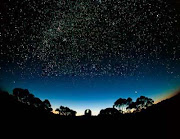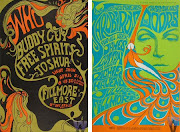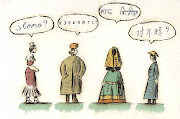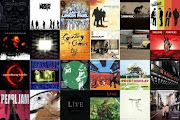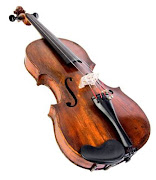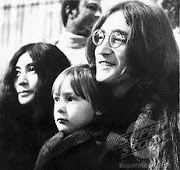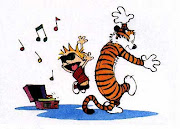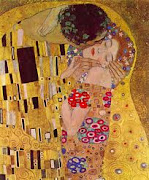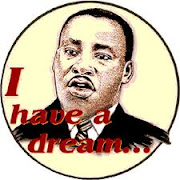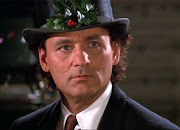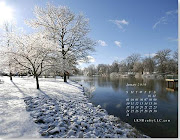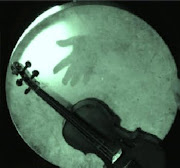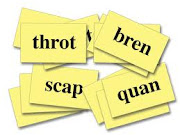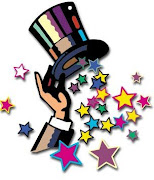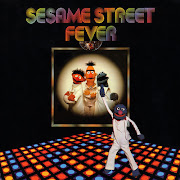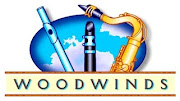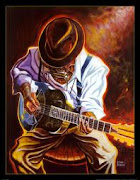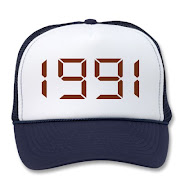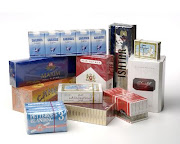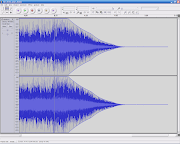It was almost two years ago that I began posting here. And very soon after, Boyhowdy did me the distinct honor of inviting me to do a guest post on his blog, Cover Lay Down. For my theme, I chose to examine how songs from the British Isles changed when the came to the United States. You can still see that post here, although the songs are long gone. I wanted to wrap up my posts for this week with a sequel of sorts to that post. Let’s take a look at how music for folk dancing manages its trip across the pond.
All of the music in this post is instrumental by necessity. Live, there is a caller who announces the steps as they happen. After two or three repetitions of the music, with variations, the caller drops out, and the dance propels itself.
Ted Furey: Saddle the Pony
[purchase]
Irish folk dancing is a lively affair. Often, the music contains a missing percussion part, which is supplied live by the thunderous sound of the dancers’ feet hitting the floor. Thanks to Riverdance, most people know about step dancing, which is strictly for performance. But Ireland has a rich tradition of jigs, reels, strathspeys, and other dance tunes. These are participatory dances; no one is expected to sit still and just watch. Indeed, sitting still when a master is playing one of these tunes is almost impossible.
Ted Furey probably hoped that his children would follow in his footsteps as a musician. In his time, Ted was known as one of the finest traditional Irish fiddlers. Indeed, future generations of Fureys have made their mark as well. I will be looking in on some of them in a Spotlight on Celtic music on Oliver di Place. That’s coming up soon. Watch the sidebar here to find out when I post it, or pay me a visit sooner if you like.
Bonnie Rideout: Mrs Gunn‘s Strathspey- Sweet Molly- Wise Maid
[purchase]
Bonnie Rideout is actually American, but her interpretations are authentic enough that she has won several Scottish Fiddle championships. In Scotland and Ireland both, bands often play “sets” rather than single tunes. The dancers know to expect this, and don’t miss a step. A “set” is what we would call a medley, where one tune blends into the next.
Foxfire: The Introduction
[purchase]
English country dancing is a more stately affair. The music is slower, and there is more of an emphasis on the beauty of the melody and the playing. The dances that go with it reflect this. There are moves and postures that are very specific, and purists will let you know if you miss one.
Foxfire is one of the leading English country dance bands. They are affiliated with the Country Dance and Song Society, which is an excellent resource for more information on the music and associated dances in this post.
Stella Kimble: Cotton Eyed Joe
[purchase]
Based on the results, I’m guessing that more Scottish and Irish that English people settled the American South. Here we find square dancing, not like you learned it in gym class, but as a living folk-dance form. The energy found in Celtic folk dance music is here too, and again, there is a missing percussion part supplied by the thunder of the dancers’ feet.
I cannot find much information about Stella Kimble. I know she was from North Carolina, and she is regarded by many bluegrass musicians as an important pioneer on the banjo. If anyone has more information, please share it in the comments.
Possum Ridge String Band: The Road to Lisdoonvarna
[purchase]
For the section on contra dancing, I knew I wanted a version of The Road to Lisdoonvarna. I think I’ve danced to this at every contradance I ever attended. Contradancing and its music is what happened to all this in New England. It is not quite as energetic as Southern square dancing, which means that an ordinary mortal can hope to get through an entire evening on the dance floor. The music shows more of the English influence than its Southern cousin, with smoother playing and greater variety in the harmonies.
I knew what I wanted this version of Lisdoonvarna to sound like. This is how I remember hearing it at dances. Curiously, The Possum Ridge String Band is based in Virginia.
Saturday, May 1, 2010
Instrumentals: Pond Crossings II, Folk Dance Edition
Posted by Darius at 5:59 PM
Labels: Bonnie Rideout, Foxfire, Instrumentals, Possum Ridge String Band, Stella Kimble, Ted Furey
blog comments powered by Disqus




































